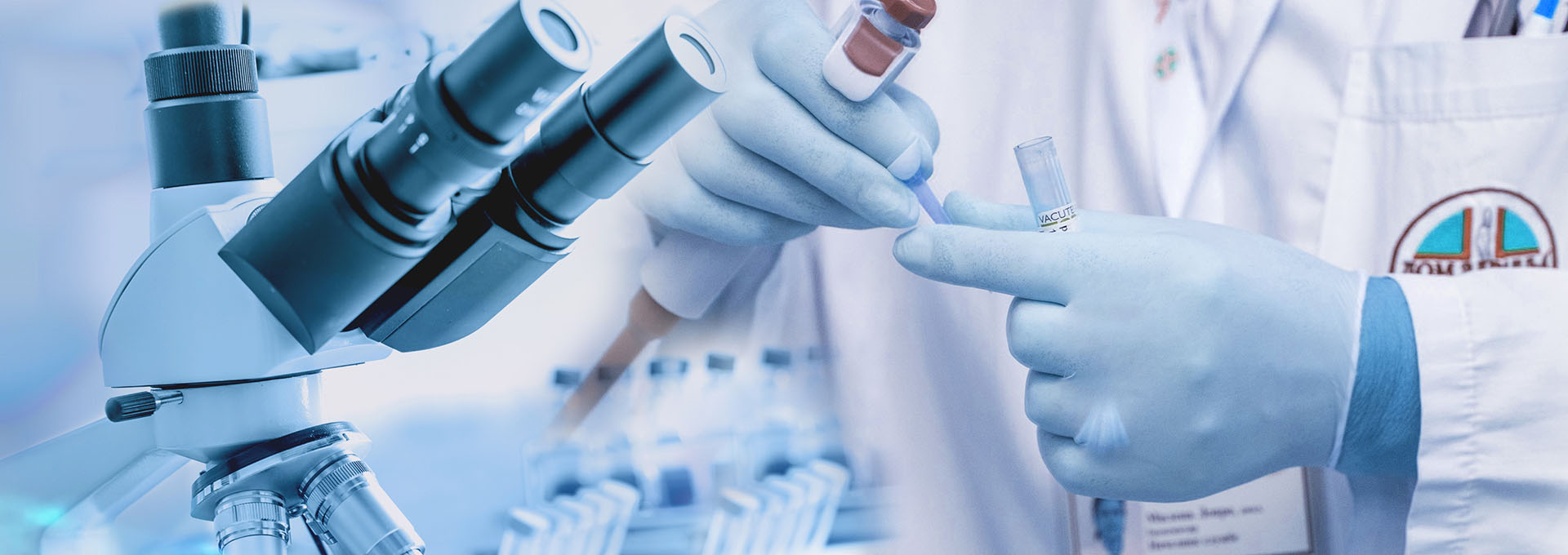The current research of Hindered Amine Light Stabilizers focuses on improving the thermal stability and long-term effectiveness of hindered amine light stabilizers. For example, enhancing its compatibility with polymers through molecular structure modification (such as introducing polar groups), while exploring the possibility of replacing traditional petrochemical materials with bio based materials to reduce environmental burden.
The demand for environmentally friendly HALS in the high-end markets is forcing domestic enterprises to develop new products with low volatility and migration.
The market size of hindered amine light stabilizers in China is expected to expand at a compound annual growth rate (CAGR) of 5.7% -6.2% from 2025 to 2030, and the global market size is expected to exceed 1 billion US dollars by 2030. The main driving force for growth comes from the surge in demand in the fields of plastics, coatings, and electric vehicle.
| Name | Estimated consumption(Thousand tons) |
| Light Stabilizer 944 | 85-12 |
| Light Stabilizer 622 | 60-80 |
| Light Stabilizer 783 | 45-65 |
| Light Stabilizer 770 | 30-55 |
Traditional international giants still dominate the high-end market, but Chinese companies have advantages in cost control and localized services.
The demand for HALS applications in photovoltaic module packaging materials and polymer components for electric vehicles has significantly increased. Its UV resistance can extend the service life of materials in extreme environments, meeting the durability requirements of the new energy industry.
Post time: Mar-13-2025


